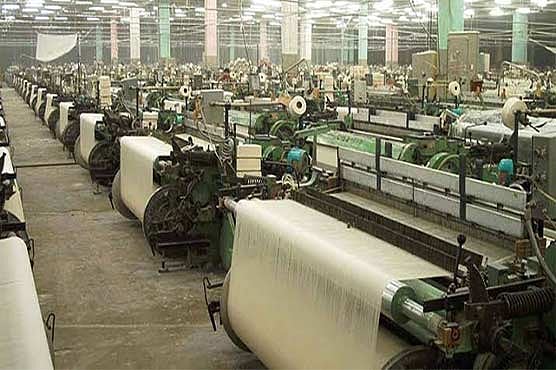The Textile and Apparel industry is crucial for India. It is one of the earliest industries to have developed in India. And, as per a Niti Aayog report, this sector employs around 10 crore people.
India is the second-largest textile manufacturer globally. Its contribution stood at ~12% to India's overall exports in 2018-19. This indicates the importance of this sector for the economy. India's textiles and apparel industry contribute ~5% to the global industrial trade. However, we are way behind China which has ~38% share of the global textile and clothing trade.
Sluggish supply chain :
India has a strong raw material base both in natural and man-made fibers (MMFs). But, the country lacks severely in producing value-added fabrics and garments. In contrast, countries like Bangladesh
are making significant gains in the international market with their value added products. It imports cotton yarn from India and creates value-added products and exports them at a lower cost compared to India.
This supply chain deficiency is costing India dearly. And, the country is losing out against competing nations like China, Bangladesh, and Vietnam.
PLI to help exportors :
Recently introduced Production Linked Incentive (PLI) scheme is likely to focus on addressing these deficiencies. A new textile policy is also being drafted currently. It would primarily focus on promoting exports and creating employment opportunities.
Textile Minister Smriti Irani in a written reply in Loksabha informed that the policy will focus extensively on creating global champions in MMF apparel and Technical Textiles segment. The government will provide incentives from 3% to 15% on stipulated incremental turnover for the next five years. It will allow one year gestation period for brownfield investment. For greenfield investments, it would be two years.
Textile parks to boost investment :
The government has also proposed to set up seven mega textile parks in India over the next three years. It will help in removing supply-side bottlenecks and bring in big-ticket investments in the textile sector. It will reduce the value chain deficiencies, bring in larger projects and reduce the capital requirement of the industry.
Custom duty tweaks to protect domestic manufacturers:
The industry is also to benefit from 5% customs duty reduction on caprolactam, nylon chips, and nylon fiber and yarn. It will bring the nylon chain on par with polyester and other man-made fibers.
Custom duty on cotton is also raised from nil to 10% and on raw silk and silk yarn from 10% to 15% to benefit cotton and silk growers.
Rationalization of the customs duty rates should provide a level playing field to the domestic manufacturers. It will also help in making India's textile industry more competitive which is fast losing its competitive edge against the smaller countries.
Stock Investing, Simplified: https://tejimandi.com/









